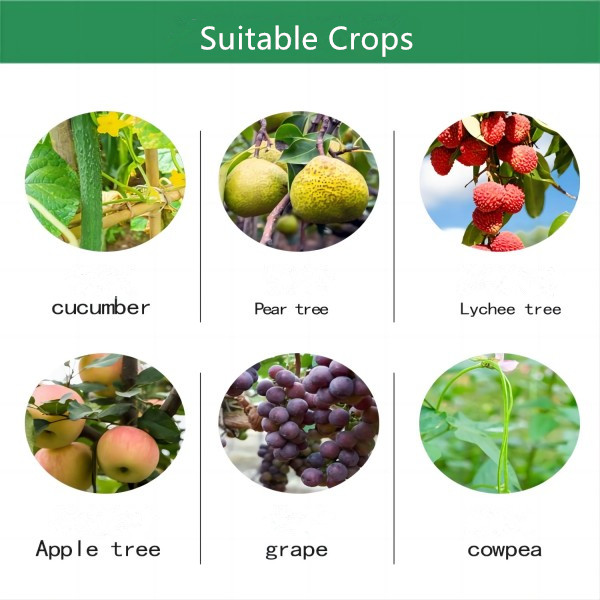
Ago . 15, 2024 06:19 Back to list
Exploring the Benefits of Azoxystrobin for Farmers in Agriculture and Crop Management
The Role of Azoxystrobin in Sustainable Agriculture
In recent years, the agricultural sector has faced numerous challenges, from increasing pest resistance to the demands of sustainable farming practices. Among the various solutions available, azoxystrobin, a broad-spectrum fungicide, has emerged as a significant tool for farmers aiming to maximize crop yields while minimizing environmental impact.
Understanding Azoxystrobin
Azoxystrobin is a member of the strobilurin class of fungicides, known for its effectiveness against a wide range of fungal pathogens that affect crops. It works by inhibiting mitochondrial respiration in fungi, which leads to cell death and effectively controls diseases like powdery mildew, gray mold, and various leaf spots. This mode of action has made azoxystrobin a go-to option for farmers looking to safeguard their crops.
Impact on Crop Health and Yield
Farmers who adopt azoxystrobin as part of their crop protection strategy report significant improvements in plant health and yield. By protecting crops from destructive fungal infections, azoxystrobin enables farmers to achieve higher quality produce. This is particularly important in competitive markets where quality can dictate pricing and market access. Furthermore, the extended residual activity of azoxystrobin means that it continues to protect crops long after application, allowing farmers to reduce the frequency of fungicide applications.
Sustainability and Environmental Considerations
buy 4 farmers azoxystrobin

The emphasis on sustainable agricultural practices is more pronounced than ever, and azoxystrobin aligns well with this movement. When used appropriately, it can help reduce the total chemical load on the environment. Properly managed applications of azoxystrobin can minimize the risk of residual chemicals in soil and waterways, promoting a healthier ecosystem. Additionally, as part of Integrated Pest Management (IPM) strategies, azoxystrobin can be used in rotation with other fungicides, helping to mitigate the risk of resistance development among fungal populations.
Challenges and Responsiveness
Despite its advantages, the use of azoxystrobin is not without challenges. Issues such as the potential for resistance development in certain fungi necessitate a cautious approach. Farmers must monitor their crops closely and be willing to adapt their pest management strategies. This could mean alternating fungicides with different modes of action or integrating biological controls into their management plans. Education and training regarding the responsible use of azoxystrobin are crucial for farmers to maximize its benefits while minimizing drawbacks.
Future Prospects
Looking forward, the agricultural industry must continue to innovate in the realm of crop protection, and azoxystrobin will likely play a pivotal role in this journey. Ongoing research is expected to provide deeper insights into its effectiveness and potential improvements in application methods. Moreover, as consumer preferences shift toward sustainably produced food, the demand for effective yet environmentally friendly pest control solutions will only grow.
Conclusion
In conclusion, azoxystrobin presents a valuable tool for farmers committed to maintaining crop health and productivity in a sustainable manner. By understanding its properties, benefits, and challenges, farmers can better integrate azoxystrobin into their management practices. As the agricultural landscape evolves, the importance of such fungicides in supporting farmers while protecting the environment will remain critical. The journey toward sustainability in agriculture will continue, with azoxystrobin standing as an example of how modern science can support traditional farming practices in achieving both economic and environmental goals.
-
Kasugamycin Fungicide: Efficient Bacterial & Fungal Control
NewsAug.02,2025
-
Emamectin Benzoate: AI-Optimized Pest Control Solution
NewsAug.01,2025
-
Best Abamectin 95% | Top Pesticide for Crop Protection
NewsJul.31,2025
-
Insecticide Spirotetramat 11% + Thiacloprid 11% SC at Good Price
NewsJul.30,2025
-
Best Abamectin SDS - Premium Quality & Reliable Safety Data
NewsJul.29,2025
-
Agrochemicals Pesticides Solutions for Sustainable Farming
NewsJul.29,2025
